Whether you want to ship something smaller than your hand, or something large that needs to be moved by truck, choosing the right box is important. With so many different shapes, sizes, and strengths, it can be hard to know where to start. This guide will help you choose the right shipping box to meet your business needs.
1. Shipping box transporter
There are many reasons why a business might need shipping boxes, from shipping orders to external customers to fulfilling internal needs like supply transfers and storage. US shipping services not only charge based on the size and weight of the shipping box but also have size and weight restrictions. Your package may have to be shipped with a freight company if your box exceeds the maximum specification.
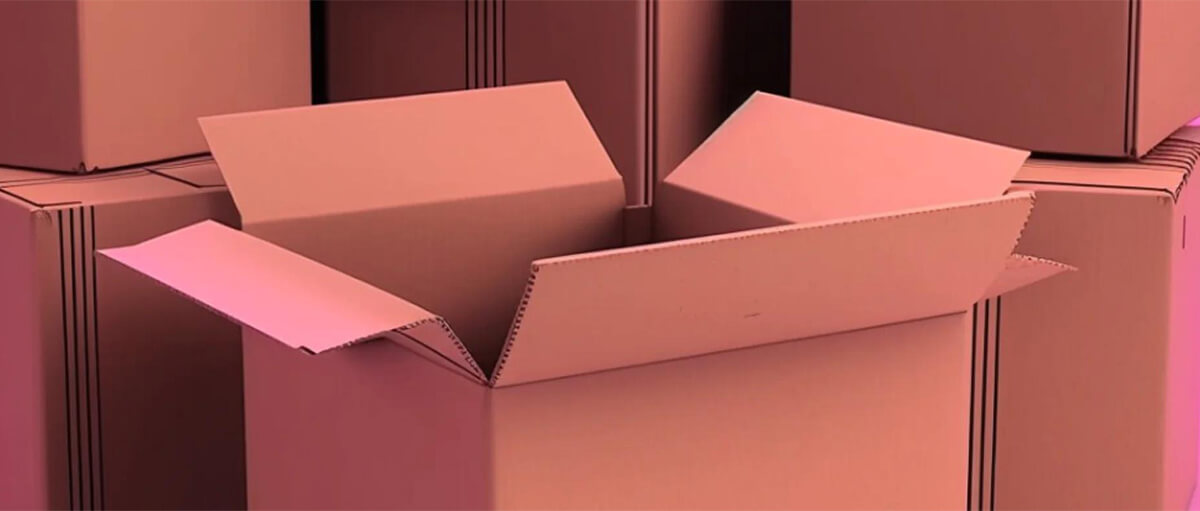
2. Shipping box size and shape
A typical standard shipping box is made of corrugated cardboard. You can choose from a variety of shapes and box strengths. Your product may require a more durable box depending on its size and weight.
The most common box shapes and strengths are listed below. There are, however, many other types of boxes available.
3. Box size
Determining the size of the shipping box is the first place to look. For special purposes, boxes can have elongated shapes and sizes in addition to traditional rectangles and cubes.
| cube box | All sides of a cubic box have the same length, and all sides have the same square box shape. |
| multi height box | A multi-height box allows you to choose a variety of heights while maintaining a fixed width and depth. Depending on the box, you may have two, three or more options to adjust the box height. |
| long box | The length of a long box is greater than its width and height combined. This allows for the loading of elongated items that can be transported side-loaded or flat. |
| high box | Tall boxes have a small length and width compared to taller heights. This makes them best for shipping tall items that cannot be folded and need to remain upright during transit. |
|
Telescopic box
|
Using stretch boxes, you can ship long items that may not fit into a single box. They can be combined and are ideal for transporting large and tall items. |
| sidebox | Side load boxes are usually wide and thin, with an opening on the narrow side, and are used for loading or unloading items shaped like framed photographs or posters, among other uses. |
4. Advantages of the box
The strength of shipping boxes is typically measured using the edge crush test (ECT) for stack strength, or the Mullen test for burst weight. One of these two measures will be printed on any corrugated box as part of its Box Manufacturer Certificate (BMC), a circular stamp containing the manufacturer’s name and other technical information.
The two most commonly used shipping box strengths are:
- 32 ECT: A box of this type can withstand a vertical compression force of 32 pounds per square inch and is commonly used for stacking lighter loads.
- 200#: For heavy shipping, 200# boxes are a popular choice and typically support about 50% higher burst strength than 32 ECT boxes.
Use the table below to select a box type based on the weight of your shipment, based on the UPS and Fiber Box Manual Strength Guidelines. If you need a box that can withstand more than 200 pounds of pressure, there are stronger heavy-duty boxes available.
| UPS Guide | Fiber Box Brochure | Box |
| 30 pounds | 65 pounds | 32 ECT single wall |
| 40 pounds | 65 pounds | 200# single wall |
| 50 lbs | 95 lbs | 44 ECT single wall |
| 60 lbs | 100 lbs | 48 ECT double wall |
| 80 pounds | 120 lbs | 51 ECT double wall |
| 160 lbs | 71 ECT double wall | |
| 280 lbs | 90 ECT triple wall |
5. Digging Deeper: Burst Strength (Mullen) and ECT
Why are there two different box strength levels? Storage and transport boxes are subject to many different types of use and abuse, which can cause them to fail in different ways. It’s possible for a box to be punctured by a collision in a sorting facility, and another box to collapse from a steady load in a warehouse. It can be challenging to evaluate and compare overall durability because a feature that prevents one type of damage may not prevent another.
The burst strength of corrugated boxes is a measure of durability assessed using the Mullen test, which involves the slow application of hydraulic pressure to the surface of corrugated cardboard until its liner board components rupture. Corrugated boxes typically carry a burst strength rating of 200#, which means the material can withstand a pressure of at least 200 psi before bursting.
According to “Cartons, Crates, and Corrugated Board: A Handbook of Paper and Wood Packaging Technology” (Diana Twede, Susan EM Selke), burst strength can be used to predict how a box will withstand the forces it experiences when dropped, jostled, jammed, or Roughly handled in other ways, as is often the case in high-speed sortation facilities, where many boxes (many of which contain insufficiently secured goods) are expected to drop or slam into each other. For this reason, some small package shippers prefer to use shipping boxes rated according to the Mullen test, which is proven to be resistant to such stress.
The edge crush test (ECT) is a method for predicting the compressive strength of corrugated boxes. In “Packaging Engineering Handbook, Third Edition” (Joseph F. Hanlon, Robert J. Kelsey, Hallie Forcinio), ECT was developed as a more direct indicator of a box’s ability to withstand a static load over a period of time. This ability is also known as the stacking strength of corrugated boxes.
Roughly speaking, ECT can be thought of as measuring the stiffness of the board when the box is erected in a predetermined position. The test procedure consists of sanding a piece of corrugated cardboard on its edge so that the grooves are upright (vertical), and then measuring the downward force required to crush the cardboard.
When boxes are stacked on pallets, they may receive less rough handling that can cause the walls to burst, but their stack strength is still very important. According to Twede and Selke, many pallet freight shippers prefer to select boxes based on ECT ratings because this more directly describes stacking strength.
6. The shipping box is an essential part of product delivery
With the right box in place, your business can successfully meet its shipping and packaging needs while providing safe and secure delivery. Taking the time to understand the size and shape of your shipping box will help you achieve the best results for your customers—an ideal outcome for any business.
What is corrugated cardboard?
Corrugated boxes start with corrugated cardboard, which is a composite material made from two or more sheets of cardboard. The paper that forms the center of the corrugated board is called the medium: it has a wavy, corrugated shape that is then glued between flat sheets called backing paper or linerboard. The medium’s waves are called its flutes.
When a sheet of corrugated base paper is sandwiched between two sheets of linerboard, it creates a single- wall board, the standard material for corrugated boxes.
Double-wall board combines two types of corrugated cardboard and three types of linerboard to create heavy-duty boxes, often used for heavier items such as large appliances.
The triple-ply board combines three media and four liner boards. According to Walter Soroka’s “Packaging Terminology Illustrated,” three-ply panels are durable enough to replace wood in many packaging applications, such as bulk boxes and machinery packaging.
Single-face corrugated board is made by bonding corrugated base paper to a sheet of liner board and is often used as a cushioning material for objects in other containers.
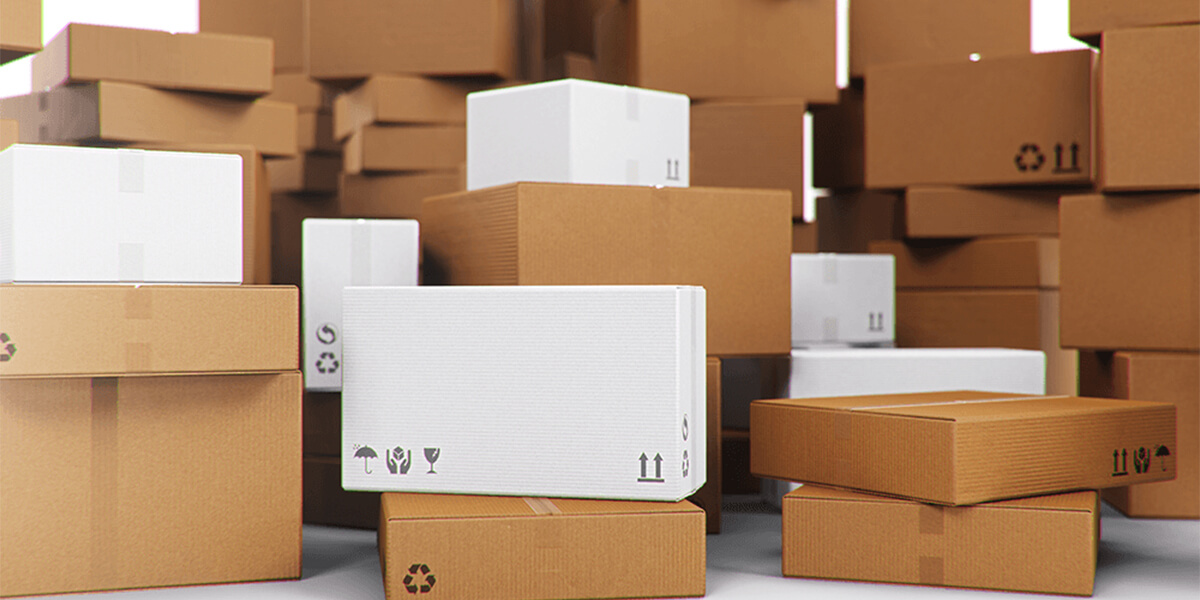
7. Corrugated box sealing type: RSC, FOL, HSC
The most widely used type of corrugated box is called a regular slotted container (RSC). On RSC-style boxes, all flaps are the same length—half the width of the box. This means that when closed, the outer pair of flaps will meet in the middle, while the other set of flaps – the inner flaps – will not. Due to the fact that the box is made from very little scrap, RSC is a relatively inexpensive box style.
On a fully overlapping slotted container (FOL), all covers are longer – as long as the full width of the box. This means that the outer flaps overlap each other almost completely, creating an additional layer of corrugated cardboard, resulting in a strong upholstered box. The overlapping flaps also help provide compressive strength if the box is laid on its side.
Half Slotted Containers (HSCs) are similar to RSCs, but have an “open” side without a clamshell.
RSCs, FOLs, and HSCs are all slotted containers, but there are other, less common forms of cases, including freestanding cases, Bliss cases, telescope cases, and file folders.
8. Frequently Asked Questions
Q: What is the difference between the burst resistance of corrugated boxes and ECT?
A: Bursting strength is a measure of how much pressure is required to push a piece of corrugated cardboard through the face paper, and it is closely related to the tensile strength of the face paper. The Edge Crush Test (ECT) is a measurement of the pressure required to press down on a corrugated board when it is at its edge. ECT is related to the overall stiffness of the liner board and fluting base that make up the corrugated board and was designed as a better measure of the stacking strength of a carton. The burst strength or ECT rating of a corrugated box is a rating that is part of the Box Manufacturer’s Certificate (BMC) printed on the box.
Q: What is the difference between 200# and 32 ECT transport boxes?
A: If you compare the Box Manufacturer Certificate (BMC) on a box made from 200# board to the BMC on a box made from 32 ECT board, you will see the same gross weight limit: 65 lbs. However, 32 ECT panels can be made from lighter-weight materials that are engineered to resist compression but not necessarily the tensile strength that would give 200# panels the burst resistance. Therefore, 200# boards are generally heavier than 32 ECT boards, and 200# board boxes are considered to be more suitable for the impact that small packages may receive during transportation.
UPS guidelines recommend that 200# class boxes can handle heavier loads (40 lbs) than 32-ECT class boxes (30 lbs).
Q: What is the flute in a corrugated box?
A: The waves or corrugations of a medium are called its grooves. The letter is used to designate the corrugated size, C corrugated board is by far the most common material for corrugated boxes. B-channels are smaller in size and are sometimes used when high compressive strength is not required (for example, for transporting canned goods), while A-channels are larger in size and can be used for cushioning, especially in the single-channel form-panel. In double-wall and triple-wall corrugated boards, fluting media of different flute sizes are often combined to take advantage of their different strengths.
Q: How is the size of corrugated boxes generally expressed?
A: Box dimensions are as follows: Length (longest side of the opening) x Width (shorter side of the opening) x Depth (perpendicular to opening). Get more guidance on box types by size.
Q: What are corrugated boxes made of?
A: Corrugated boxes are made of corrugated cardboard, which is a composite material, and the cardboard layers themselves are made of different materials. In a single-wall corrugated board, the central corrugated layer (called the mid-ply) is sandwiched between two sheets of liner board. Media is usually made from what papermakers call a semi-chemical feedstock, while liner board is usually made using the kraft process, which produces a stronger board. Both media and liner boards can contain varying proportions of recycled material.
Q: What is an RSC box?
A: A Regular Slotted Container, or RSC, is a corrugated box with closures that are all the same length, half the width, and half the height of the box. measurement of the shorter side of the opening. Shipping boxes of this type are the most common.
Q: What is a FOL box?
A: A Full Overlap Slotted Container (FOL) is similar to a Standard Shipping Container (RSC), but it has longer flaps and more overlap when closed, resulting in a more stable cushioned package. The flaps on the FOL are as long as the width of the box.
Q: What is the best way to stack boxes on pallets?
A: Stacking boxes involves a trade-off between stack strength and stack stability. According to Boxes, Crates and Corrugated Board: The Paper and Corrugated Board Handbook, if boxes are stacked in perfectly aligned columns, this will maximize their stack strength – but for When the load is not stretch-wrapped or stabilized, an interlocking pattern is usually preferred. Wood packaging technology (Twede and Selke).
Q: In addition to the ingredients, what other factors will affect the stacking strength of the box?
A: According to the Packaging Engineering Handbook, 3rd Edition (Hanlon, Kelsey, and Forcinio), corrugated boxes lose stack strength as the relative humidity increases and the duration of the load increases. For example, boxes loaded for a year lose half their stacking strength.
Q: What is the standard size shipping box?
A: There are no exact requirements for standard size shipping boxes. You’re likely to find boxes of all shapes and sizes in your own business and personal packages. You can find a case for almost any shipping case needed.
Q: What size box do I need?
A: Consider the extra padding space when choosing a box, so you don’t choose one that is too small or too large. You may want to test several box sizes to find the right size for your product. Also, pay attention to the guidelines of major U.S. shipping providers, lest you choose boxes that exceed the maximum box size requirements.
Q: Can you tell me what is the cheapest size box to ship?
A: Depending on the shipping company and method you choose, the cheapest size box to ship varies. Generally speaking, the smaller, lighter boxes are the ones with the lowest shipping costs. This is a great reason to test multiple sizes and various options after adding padding. Selecting the smallest size required can help your business save significantly on packaging and shipping costs.

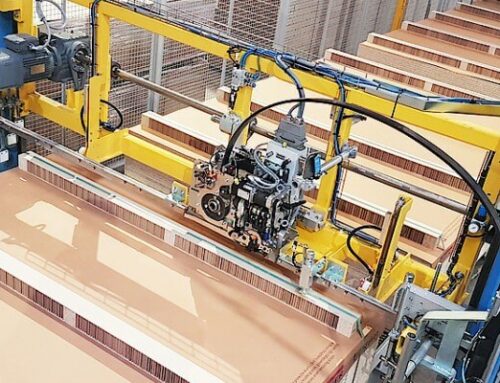
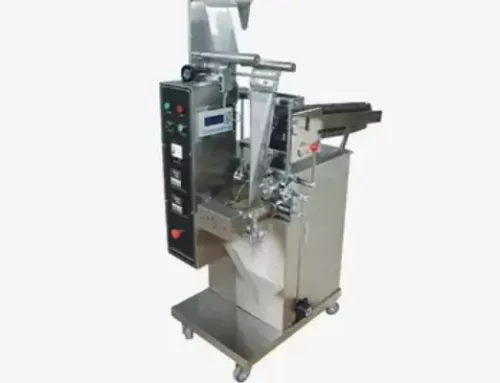
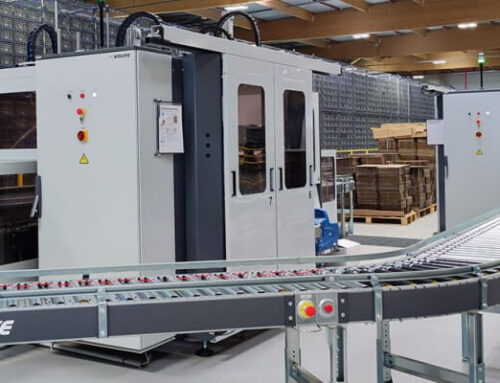
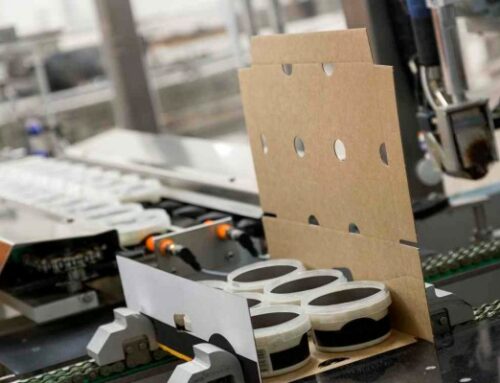
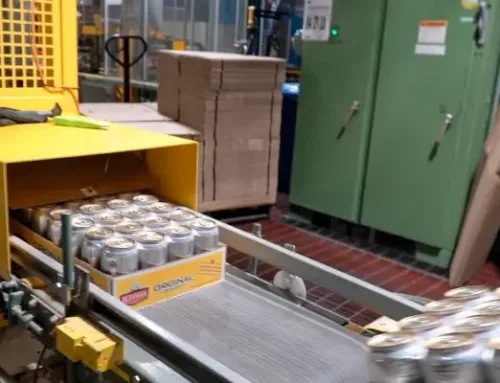
Leave A Comment